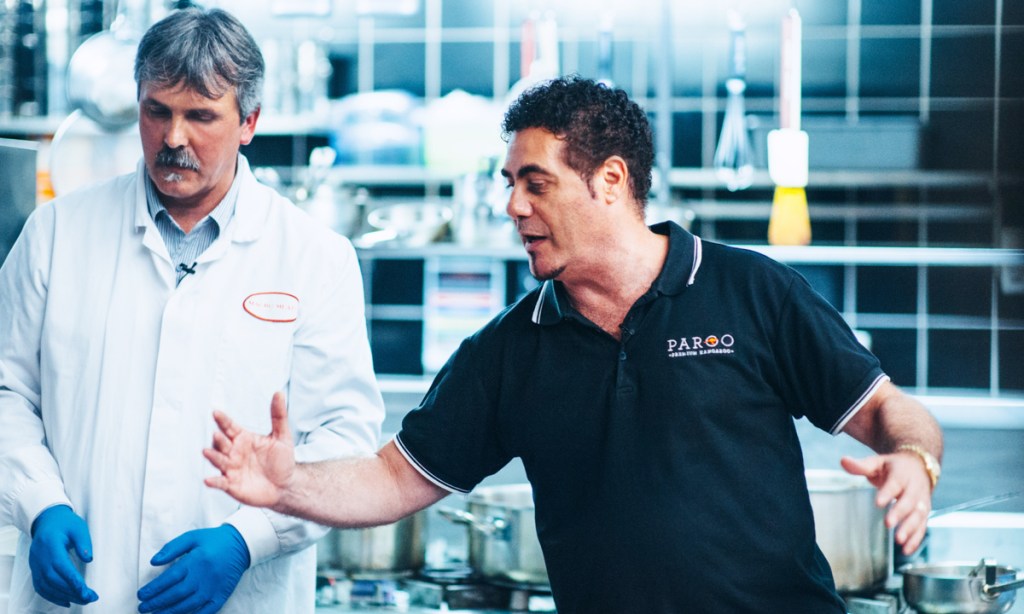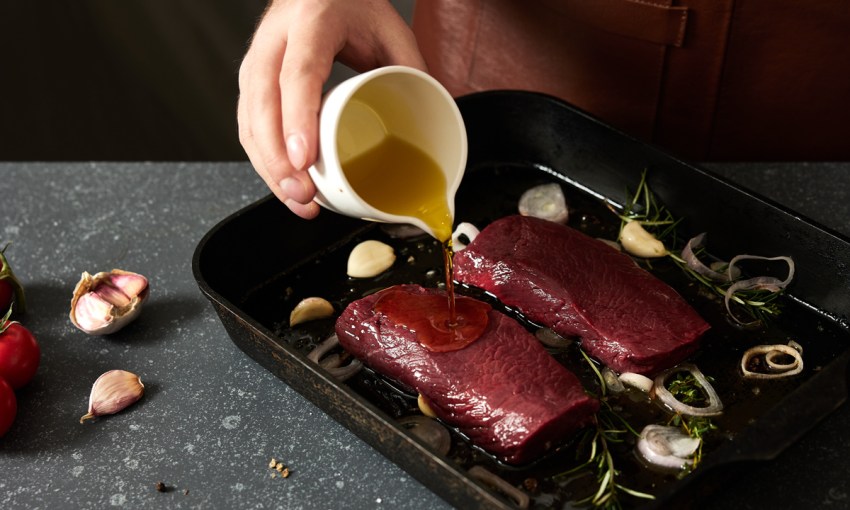Over more than 40 years in the kangaroo meat industry, Ray Borda has seen a lot of ups and downs.
The leaps and bounds of Macro Meats
People don’t generally like eating dog food, even when it’s a national icon.
So Ray Borda understood why shoppers may have thought twice about putting kangaroo on their plate when it began hitting South Australian supermarket shelves in 1980.
“Everyone was used to it as a pet food,” Ray tells CityMag.
“You can imagine saying to people, ‘It was a pet food but now you can eat it’, it meets a fair bit of resistance.”
The lean meat’s tenderness and strong taste would ultimately win over Australians. Not only can you find kangaroo mince in your local supermarket, but sausages and high-end game meat, too.
According to the Kangaroo Industry Association of Australia, the commercial kangaroo industry is worth more than $200 million to the Australian economy. Ray is the father of that industry.
In 1987, the engineer founded his company, Macro Group, which is now the world’s largest wild game kangaroo meat distributor.

Macro Meats’ Ray Borda
The family business processes up to 10,000 kangaroos each week for its products, which range from store-bought meat to ready meals, pet food and leather goods.
Macro Group exports to more than 50 countries and controls 95 per cent of the global kangaroo meat industry. Europe is among its largest markets.
While it’s still a relatively niche product, Australians eat kangaroo more than ever. Over the past 10 years, the number of people eating it has soared by more than 400 per cent.
“It’s become environmentally friendly because kangaroos emit hardly any methane gas,” Ray says. A 2015 study found kangaroos produce 73 per cent less methane than cows.
“We have 14 businesses around Macro Group now: one of them is the lab and another is the leather business, Karmine Leather. We do bags, shoes and lightweight leather aprons, which are 10 times the strength of cattle hide and water resistant, and you can even iron them.”
Ray’s lightbulb moment came four decades ago when he ran a pet food store chain. The businesses were humming along until two crises engulfed the pet food game: a federal government tax hike of 17 per cent on pet food and the meat substitution scandal of 1981.
United States authorities discovered that exported prime meat from Australia labelled as beef contained horse, kangaroo and donkey meat. The saga stopped all exports from Australia to the US, cutting off a vital market.
The Australian government announced tighter regulations on exported meat, including laws requiring pet food to be stained with blue colouring. Understandably, green meat turned off customers.
“I ended up selling the shops, and in the meantime, I was exploring how I could get around any of this,” Ray says.

While processing kangaroo meat for human consumption was banned across much of Australia, a loophole meant Ray could sell it in South Australian supermarkets.
That’s when he began selling tubs of kangaroo mincemeat to those stores. The feedback from shoppers came in thick and fast.
“I started getting letters from customers, and they were really loving the mince, but they wanted to know what else we were doing with the meat,” he says.
Demand for kangaroo was surging, but supermarkets were reluctant to sell other kangaroo-based products, such as steaks and burgers.
Ray went to some of Adelaide’s top chefs at the time, including Simon Bryant and Cheong Liew. Intrigued by the meat, chefs began using it on menus at their top restaurants, such as the Grange at the Hilton and Jolley’s Boathouse.
“It grew from there and that allowed me to sell more than just mince in the supermarkets, and the rest is history,” Ray says.
The company was processing about 600 kangaroos per week when it started, about a fifth of its current production.
“Our standards kept changing and we kept upgrading what we were doing, and even today, we have some of the highest standards of any meat producer in the world,” Ray says.

Macro Group employs 18 scientists to test for shelf life, spoilage and pathogens. They don’t just test kangaroo meat but vegetable, dairy and fish products that eventually end up at supermarkets.
Ray says the company began stringent testing after complaints from animal activists. He describes them as “the negative side” of the industry with “a lot of allies around the world”.
“I’ve been a keynote speaker at the World Symposium for the RSPCA where I got death threats. But I meet them head-on,” Ray says.
Animal rights activists have been a thorn in the side of producers like Macro Group for decades. They argue killing female kangaroos results in the traumatic death of their joeys.
Kangaroo hunting is tightly regulated, and shooters must pass a course to ensure they carry out humane kills. In addition, kangaroos must be shot in the head, and shooting from vehicles is banned.
In most cases, abattoirs won’t accept kangaroos killed inhumanely. Kangaroo populations are also closely monitored, and quotas are set.
“Kangaroos roam free; they’re free-roaming animals. They live in the outback; they’re not confined and not force-fed – they live a natural and healthy life.
“In most cases, they have about 2000 good days, compared to chickens which usually only live for eight weeks and are grown in confinement.”

A family of justifiably suspicious kangaroos
The journey has sometimes been rocky, and Ray admits it’s a tricky industry to manage.
A drought in 2011 almost brought the company to its knees, and recent outback floods drove up transport costs as truckers navigated changed routes.
Floods also complicated the job of the shooters, who needed help to get out to hunt kangaroos. All of this backs Ray’s reasoning for diversifying the company, which allows him to pivot when certain areas are suffering a downturn.
“One thing I was taught as an engineer was to think ahead,” he says.
“I didn’t do it because I thought I was smart or I thought I’d outsmart everybody else. I did it to survive because it was so tough.
“In the end, it fell into what today is all about, about sustainability and about being environmentally friendly.”




